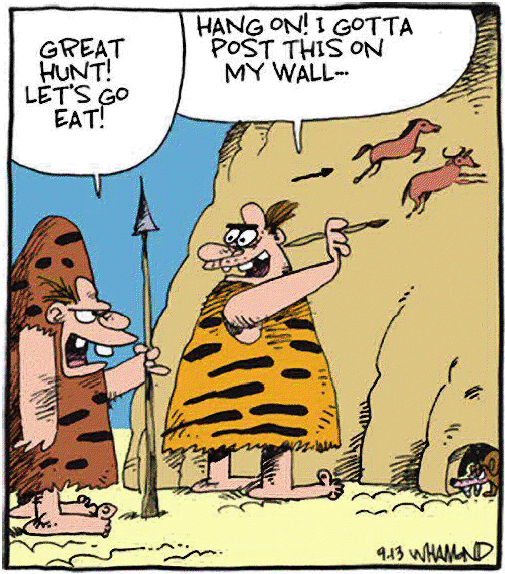It's fairly long (just under 49 minutes), but highly interesting and brings up some key points about the fossil and artifact evidence surrounding the theories for human related megafauna extinction in North America. The point that struck me most was that there is evidence for humans in North America, pre-Clovis.
Haynes seems to suggest that this would weaken the position of the human extinction argument. If humans were there before 13,000 years ago, then the megafauna that died out around this time may not have had anything to do with humans, they being nothing new in terms of pressures on the megafauna populations.
To me (a self-declared non-expert on the subject) this doesn't quite follow. There is considerable evidence that points to the megafauna of 13,000 years ago, when the Clovis people arrived, being residual populations that were already in decline and long past their heyday.
Comments from people wiser than me are welcome!

